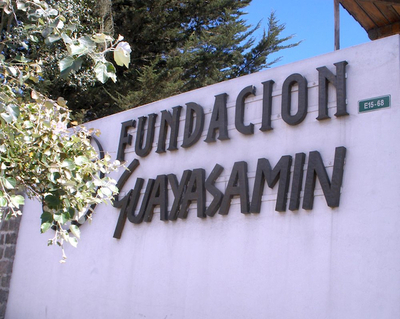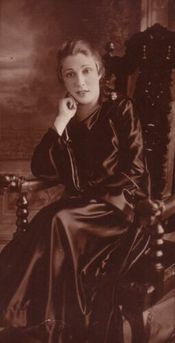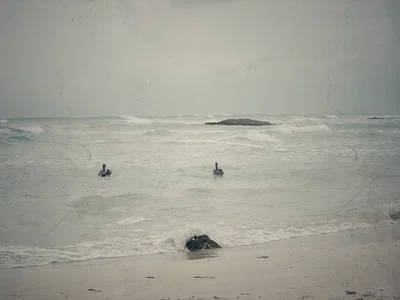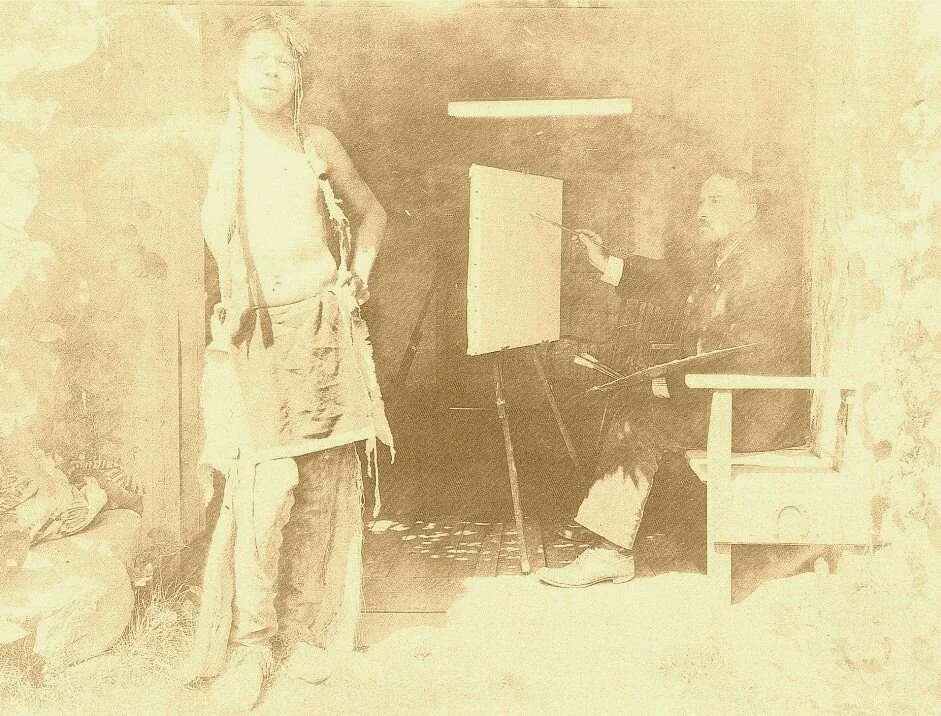Six months after losing her partner John Lamkin, Susanna Starr wrote this remarkable letter to Judith Fein, the executive editor of YourLifeIsATrip.com. We share Susanna’s letter with permission as a chronicle of her journey through loss and a source of honest inspiration and insight.
Isolation in the Time of Pandemic
With a successful gallery business shuttered by COVID-19, Susanna Starr muses on adaptation, aging, and life in isolation in northern New Mexico.
The Primeval Waters of Bahia de Ascension
On the first trip I made with my family to the Yucatan in 1973, tourism was virtually unknown. It was prior to the building of the Cancun airport and the only people who ventured down to this part of the world used cars or trucks on the little-traveled roads. Those existing roads were rarely paved once you got off the main two-lane highway.
It started out with a scant breakfast (have you ever tried a one egg omelet?) and miles of walking around the city streets of Quito in Ecuador wearing wedged sandals instead of sneakers. Wedged sandals are not the shoes of choice when traveling. My feet, already aching, were really in a state of extreme protest, a not too subtle indication of the agony to come. We were on our way to visit the art exhibit we’d been anticipating all day, but hadn’t quite left any time out for either lunch or water.
 The Guayasamin Museum was our destination and surpassed all our expectations. The paintings and sculpture were impressive and the house in which they were displayed, splendidly representative of the Ecuadorian painter’s era (1919-1999). The original house had an extensive collection of pre-Columbian art he had acquired over decades. The only downside was that there was no place to eat! Our dilemma was if we were to start searching for a restaurant, there wouldn’t be time to get to Guayasamin’s Capilla del Hombre (The Chapel of Man), which was a “must.” By now it was a toss-up as to which was worse, my overwhelming hunger or my throbbing feet.
The Guayasamin Museum was our destination and surpassed all our expectations. The paintings and sculpture were impressive and the house in which they were displayed, splendidly representative of the Ecuadorian painter’s era (1919-1999). The original house had an extensive collection of pre-Columbian art he had acquired over decades. The only downside was that there was no place to eat! Our dilemma was if we were to start searching for a restaurant, there wouldn’t be time to get to Guayasamin’s Capilla del Hombre (The Chapel of Man), which was a “must.” By now it was a toss-up as to which was worse, my overwhelming hunger or my throbbing feet.
We decided to skip the restaurant search and walk to the Capilla which, we were assured, was just a short distance away. We simply couldn’t take a chance on missing the experience of visiting this most amazing structure, Oswaldo Guayasamin’s final dream, completed three years after his death as a tribute to the 500-year struggle of indigenous people of the continent.
Leaving It All Behind
To the outside world we had a beautiful life. There we were, living happily with our children in our lovely suburban home. We had interesting friends. What would possess us to leave it all and hit the road? But that’s what we did, launching ourselves into points unknown in the big red truck we bought to replace the suburban station wagon. It also replaced the 4 bedroom 2-1/2 bath home with a cab-over camper that provided just enough space for five people to sleep. Only one person, even if it was a child, was able to walk about at a time.
What we had in mind was simply to begin our personal odyssey with the ultimate destination unknown. Anyone can do it. Despite the prevailing opinion, it doesn’t take much, just the initial decision to find another way. That’s how the travel plan began. Leaving all the details open allowed us to experience adventures that we never could have conceived of. That’s how the travel plan unfolds if you make the space. Our previous lives were now lost and gone forever and we had embarked on a new one.
This one ultimately took us from suburban south shore of Long Island to the sparsely populated area of the Yucatan Peninsula of Mexico. Not one of us spoke Spanish, but we ended up living there for several months, most of it on an isolated beach, on what was later to develop as Playa del Carmen.
Traveling Back Through Time in Taos
Although Starr Interiors, the gallery that I’ve had for decades, has been housed in what was once the home of one of the founding artists of Taos, New Mexico, E.I. Couse, only recently have I gotten entranced with the history of the building. I’ve known about it, but it’s always been in the abstract. My deed was signed under the presidency of Abraham Lincoln, but the building which was originally constructed as a private home, existed long before that. I’d never given much thought to the previous owners and the part they played in the colorful history of Taos.
Since making a connection with Virginia Couse and her husband, Ernie Levitt, who have the Couse Foundation, I’ve become inspired to do some of my own research into this historic building. They’ve been good enough to provide us with some photos when Virginia’s grandfather and his wife, the first Virginia, lived in the house, from 1906-1909, calling it Las Golondrinas. It was there that her grandfather built his studio by opening up the roof and adding on what looked like a greenhouse to provide him with the northern light he needed to paint by.

He also often painted in the courtyard. This courtyard was beautiful then, as now, and a photograph caoturs Couse sitting in the doorway at his easel with a handsome young model from the Pueblo standing in front of him. In another, we see him sitting in the courtyard on one of the rocking chairs with his wife stretched out on the grass, hollyhocks and Virginia creepers lining the sides of the courtyard.
Driving Myself Crazy Searching for the Ecological Solution
Since speaking on the cell phone is prohibited when you’re driving in Santa Fe, I pulled over to answer mine, which rang just before approaching Beaver Toyota. So, it was the most logical thing to drive into the parking lot of a large car dealership.
After getting off the phone, I was approached by a nice looking young salesman who asked if he could show me something. Without having any previous thought as to purchasing a vehicle, I responded by saying, “Only if you have a used hybrid that’s not a small car.” A small car would never fit my lifestyle. My modus operandi is to throw all kinds of stuff into my vehicle -- bags of compost, stacks of newspapers for recycling, and lots more.
We celebrated my mother’s birthday on Feb. 8th, but never really knew how old she was. She said that she was born in 1900 because it not only made her two years younger than my father, but was easy for her to calculate her age. In 1968, when my mother died, we did some of our own calculations and came up with something between 72 and 74, but of course didn’t know for sure.  Coming of age in New York’s Harlem, she expressed her independence by dropping out of school before she even entered high school and then taking a factory job, something not unusual at the time. In her early twenties, she opened her own retail shop with one of her multitude of sisters.
Coming of age in New York’s Harlem, she expressed her independence by dropping out of school before she even entered high school and then taking a factory job, something not unusual at the time. In her early twenties, she opened her own retail shop with one of her multitude of sisters.
Education was never one of her goals but she was beautiful and was known for the way she dressed, spending more on her clothes then than I do now. Of course, I don’t have the interest in them that she had.
Marrying my father and settling down with children must have been difficult for her but she thought that was what she was supposed to do, especially since she had passed the 30-year mark and needed to make a move if she was going to do what was expected of her by her family and culture.
Her mood swings, her constant complaints about her life, her put- downs of my father, my brother and less, of me, were accepted. She was discontented about almost everything. Never knowing what was going to set her off, I retreated and tread lightly. Not ever being able to drive (she said she was too nervous), she was imprisoned in her own life.
Now, that I’m approaching that time of her last years, I’m a great deal more understanding of this woman, my mother, who never lived the life she thought she should have. Instead, although vastly different in temperament, I’ve done the living she never did……





